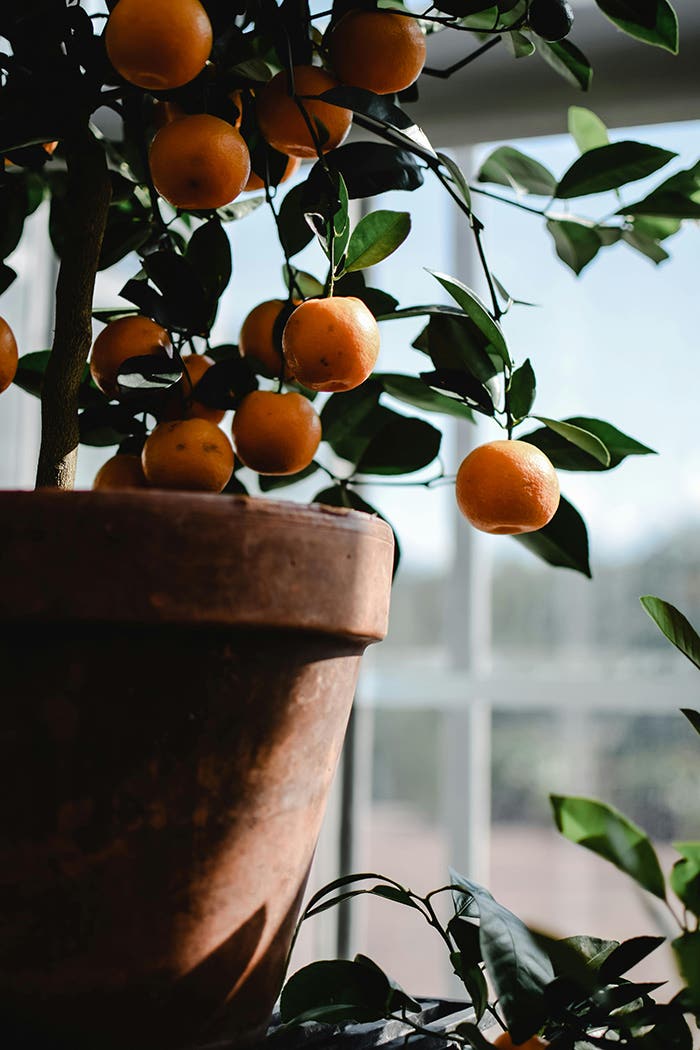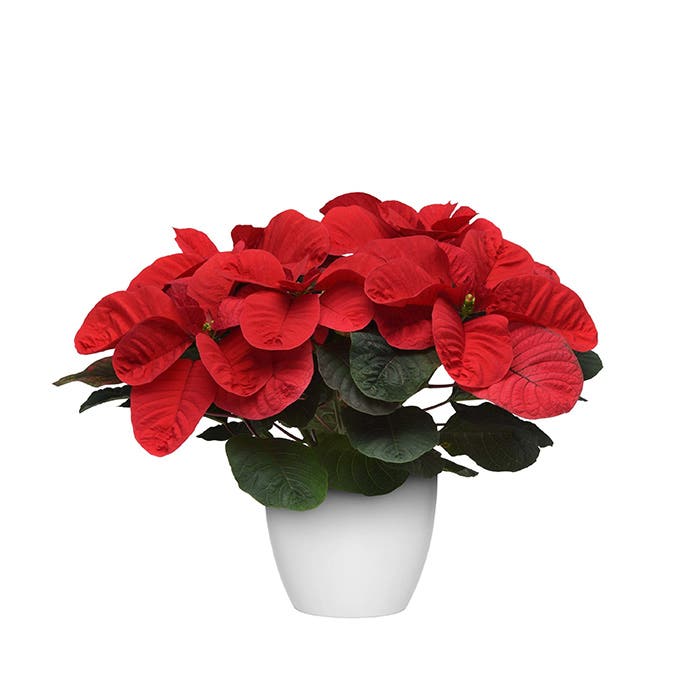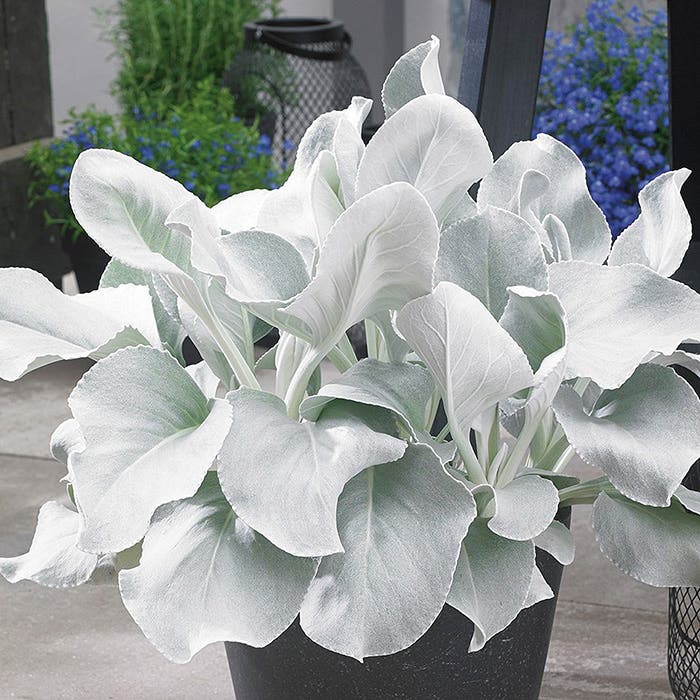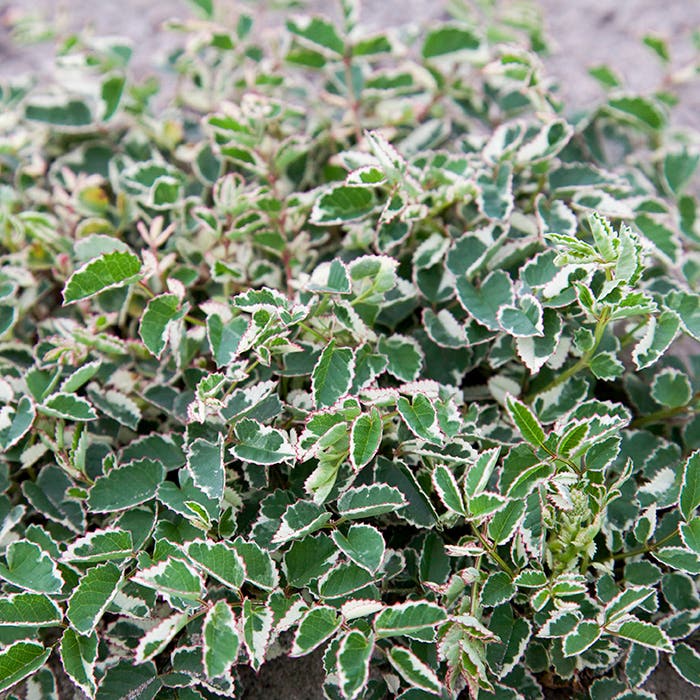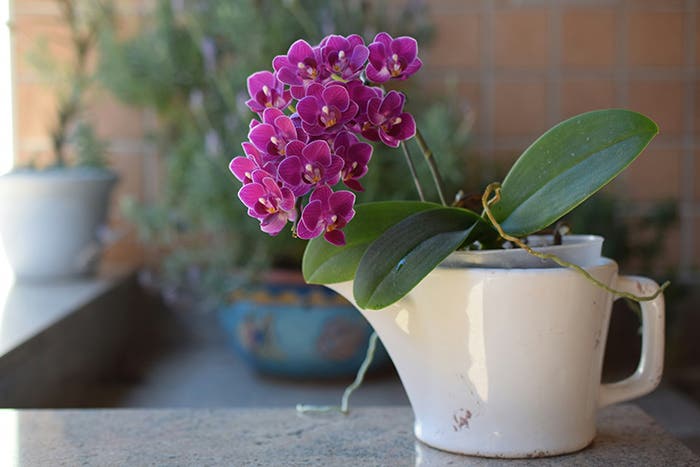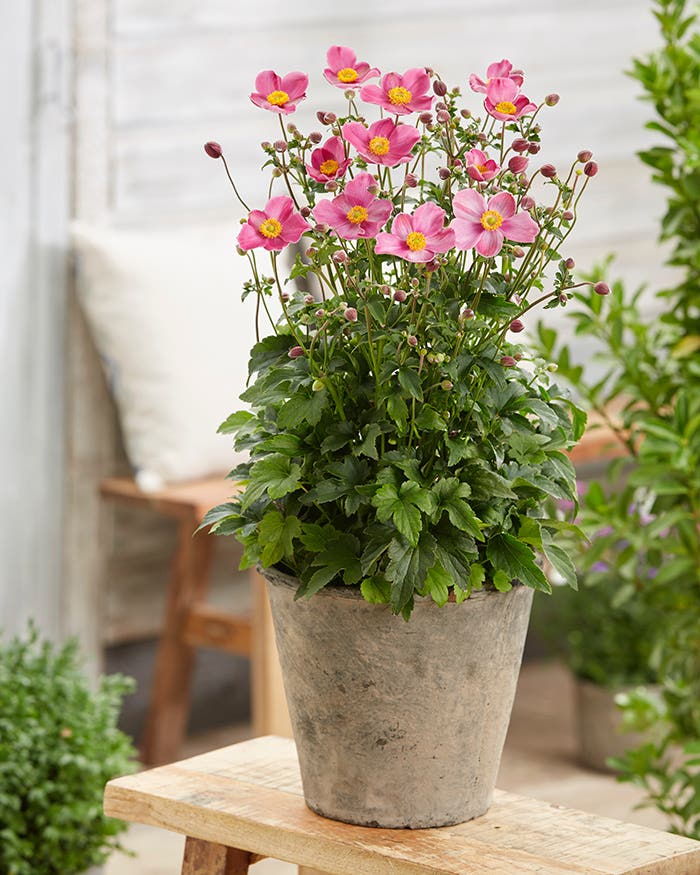Virtues: Fiddle leaf figs are beloved as houseplants for their large, unique leaves and their sheer size, which makes them a compelling floor plant. With frequent repotting and appropriate care, the fiddle leaf fig is a quick grower that soon reaches specimen size.
Common name: Fiddle leaf fig
Botanical name: Ficus lyrata
Exposure: Bright but indirect light. Some morning sun is okay.
Season: Year-round as a foliage houseplant.
Foliage: This ficus produces very large green leaves with prominent veins. The shape of the foliage inspires the common name fiddle leaf fig.
Habit: Fiddle leaf fig is a tree that can reach to 6 feet tall when grown as a houseplant.
Origins: Ficus lyrata is native to low tropical rain forests of western Africa.
How to grow fiddle leaf fig: This plant comes from tropical regions where the environment is bright but not sunny, with warm, humid air and ample rain.
Use an all-purpose potting mix that provides quick drainage. Water regularly, allowing the top inch of the soil to dry between waterings. Increase humidity around your fiddle leaf fig by grouping it with other potted plants and/or standing it on or near a tray of moist gravel.
Repot the plant each spring, always moving up just one pot size to avoid overpotting, which can lead to rot. When the plant becomes too large to repot, you can maintain it by keeping it in the same pot and replacing the top several inches of potting mix in spring. Like other ficus this is a quick grower when happy, so it should not require added fertilizer to boost growth.
Similar to other ficus species, fiddle leaf fig may drop its leaves to show displeasure. Most often leaf drop is caused by air that is too cool, a lack of humidity or a change in light levels, whether because of a change in the seasons or a relocation of the plant.


